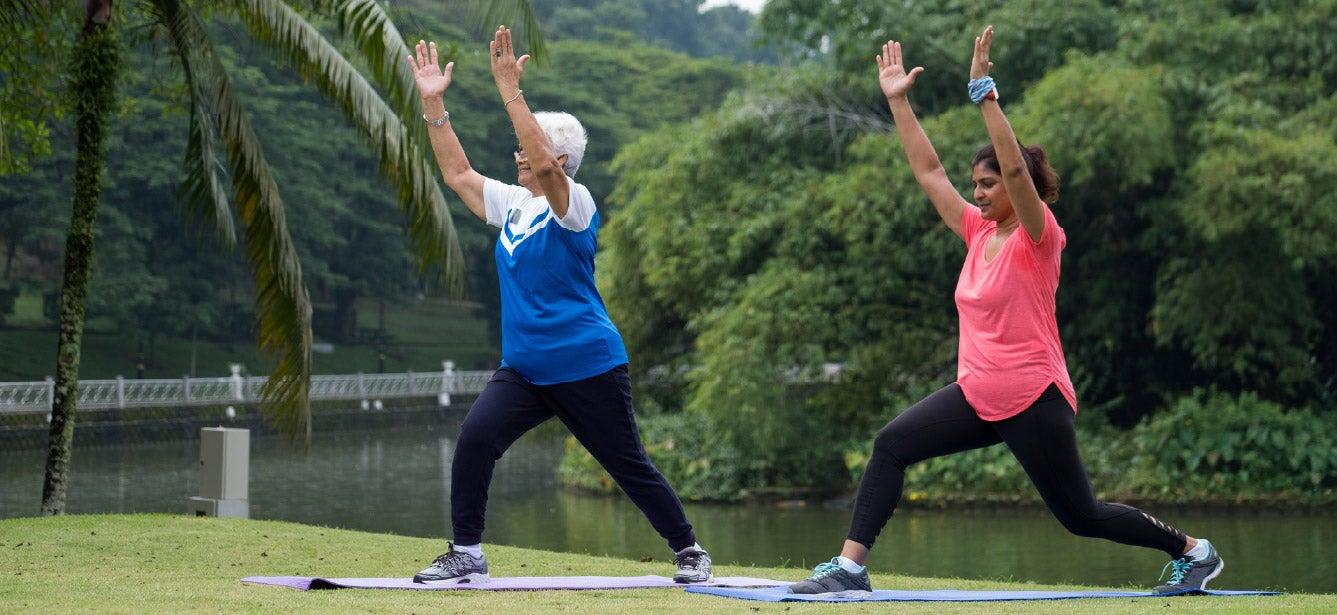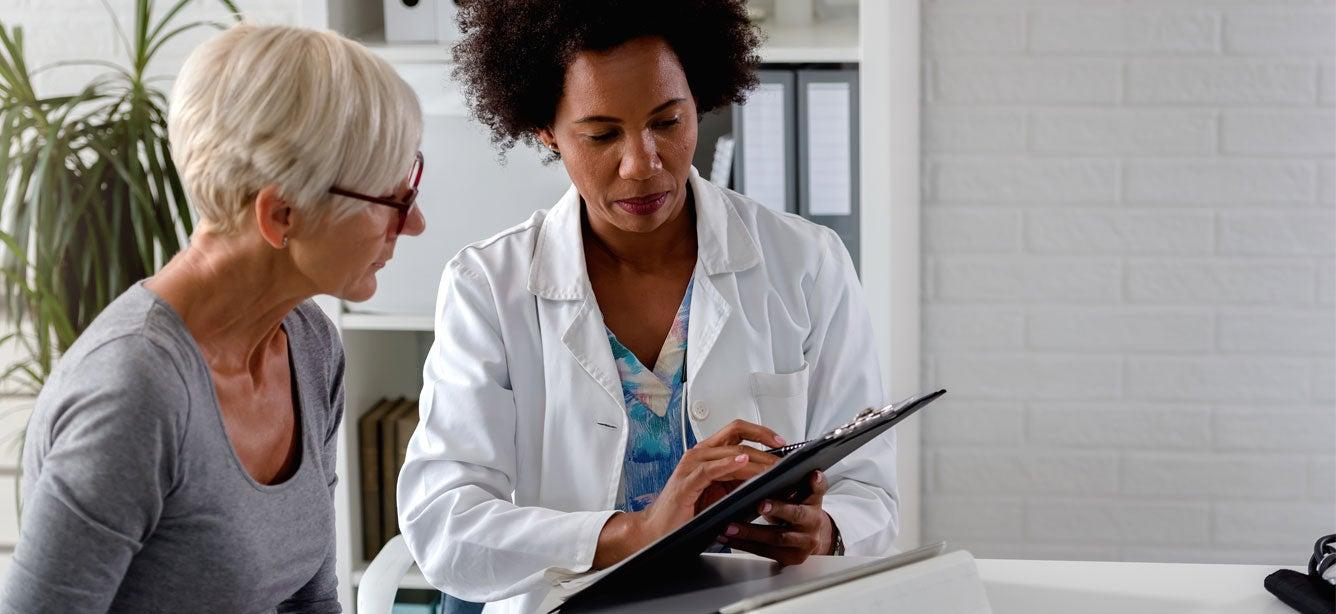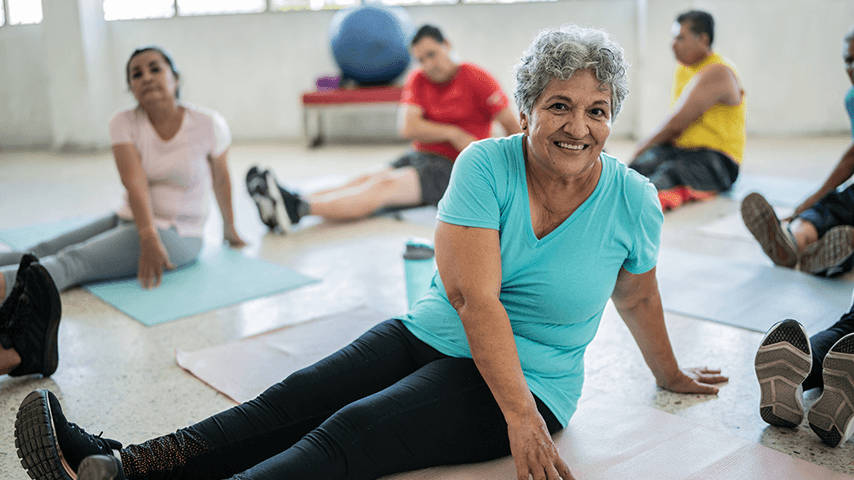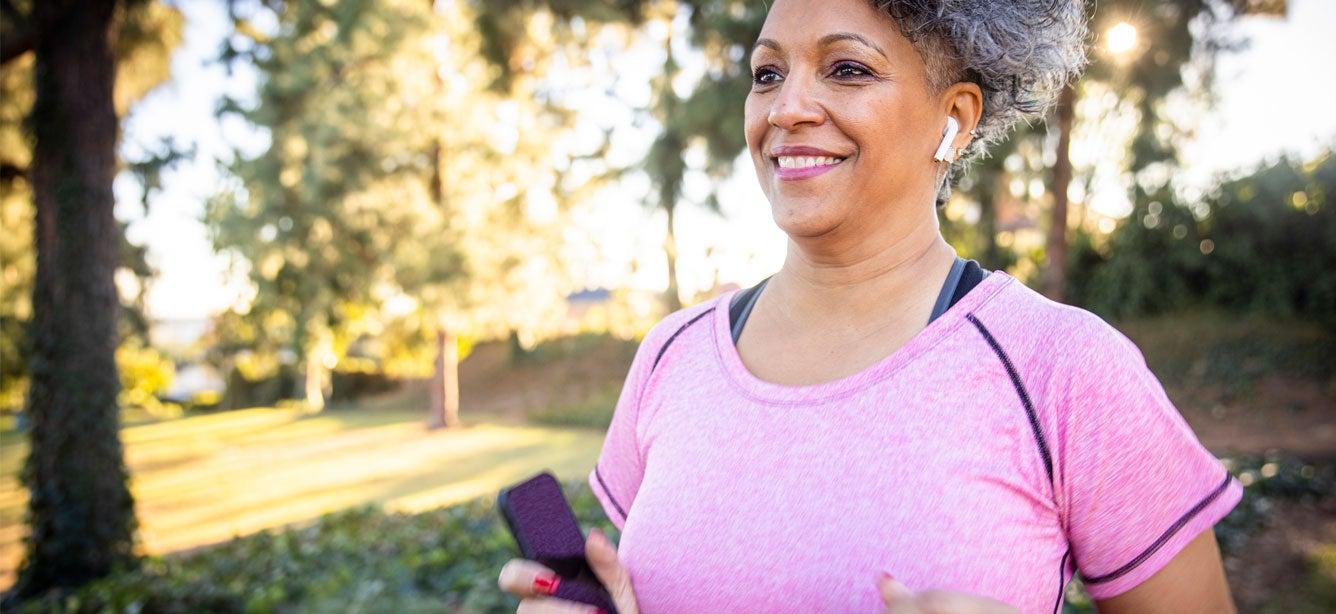
Related Topics
Physical activity refers to moving your body and requires more energy than resting. Regular physical activity has been shown to help prevent and manage conditions such as heart disease, stroke, diabetes, and several types of cancer. It can also help prevent high blood pressure, maintain a healthy body weight, and improve mental health, quality of life, and overall well-being.
What is the Physical Activity Vital Sign?
You may be familiar with vital signs such as body temperature, heart rate, blood pressure, and respiratory rate, but are you familiar with the Physical Activity Vital Sign (PAVS)?
The PAVS helps you determine if you are meeting the recommended amount of physical activity, and it is easy to calculate.
To calculate your PAVS, simply answer two questions.
- On average, how many days per week do you engage in moderate to vigorous physical activity (like brisk walking)?
- On average, how many minutes do you engage in physical activity at this level?
- Calculate the total weekly minutes of exercise by multiplying #1 times #2.
Here is an example:
- On average, how many days per week do you engage in moderate to vigorous physical activity (like brisk walking)? = 5
- On average, how many minutes do you engage in physical activity at this level? = 30
- Calculate total weekly minutes of exercise by multiplying #1 times #2 = 150
Understanding your Physical Activity Vital Sign (PAVS)
The Physical Activity Guidelines for Americans recommend that adults engage in at least 150-300 minutes a week of moderate-intensity activity (or 75-150 minutes a week of vigorous-intensity activity). Compare your PAVS to the guidelines to determine if you are meeting the recommended amount of physical activity.
So, how did you do? If your PAVS is above 150, congratulations! You are meeting the recommended guidelines. Challenge yourself to increase your physical activity minutes or intensity for greater benefits.
If your PAVS is below 150 minutes, do not worry. You can easily increase your physical activity by adding more movement to your day.
How can I increase my physical activity?
Have you ever tried an “exercise snack?” An exercise snack is when you incorporate short bouts of physical activity into your normal daily routine. Small changes can add up to many extra minutes of moderate-intensity exercise each week, improving your quality of life. Here are some ideas:
- When you go to the grocery store, park far away from the door and briskly walk to and from the store.
- Before sitting at the computer or the kitchen table, sit and stand ten times before staying seated.
- When watching TV, get up during commercials and exercise or do chores. If you cannot walk or stand, do knee lifts, punches, or arm circles.
- When walking to the mailbox, walk briskly rather than leisurely. Add a few extra minutes of exercise by walking past your mailbox before returning.
Need help improving your PAVS?
Being active is a gift you give to yourself. Physical activity will help you feel better, function better, and sleep better. If you need advice on how to improve your PAVS, consider consulting with a physical therapist. They can assess your physical activity level and help you overcome barriers to movement, finding ways for you to improve your health through increased physical activity.
Sources
1. U.S. Department of Health and Human Services. Physical Activity Guidelines for Americans, 2nd edition. Found on the internet at http://www.health.gov/PAGuidelines




